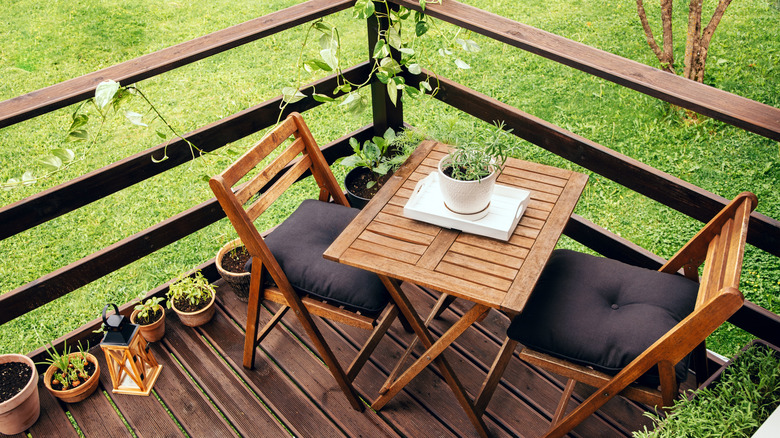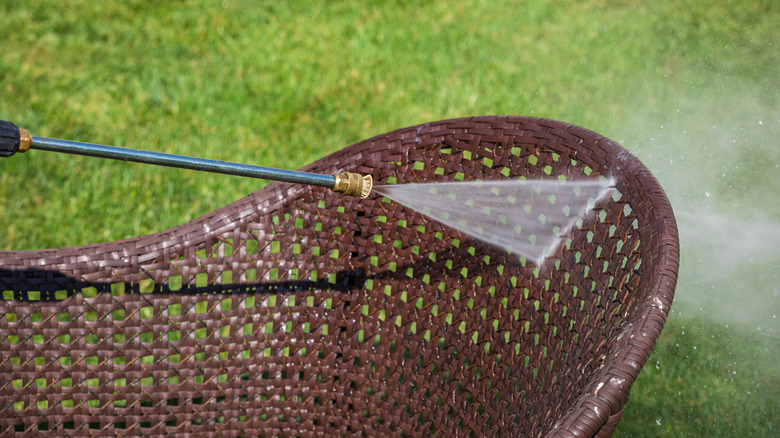How To Remove Mold & Mildew From Your Outdoor Furniture (& How To Avoid It In The Future)
Lounging on your outdoor furniture is one beautiful way to enjoy the summer. And we aren't alone in that thought, seeing that the outdoor furniture market in the U.S. is worth about $10.63 billion and is still growing. These pieces of furniture give you more space to socialize, potentially increase your property value, and look good while doing all that. This is why lots of homeowners are always on the lookout for pointers for buying the perfect outdoor furniture. However, one terrible downside to having this beautiful furniture outside braving the elements is the growth of mold and mildew. These can destroy your furniture pieces and cause health issues, which is why they should be removed quickly. Now, depending on the material your furniture is made of, there are different methods for removing mold and mildew from it. You can also avoid it in future by keeping your furniture dry and in the shade.
Before you get to work on your mold removal treatment, you should start by getting your materials in order. You're going to need some gloves, face masks, scrub brushes, a spray bottle, buckets, a garden hose, bleach solutions, baking soda, some dish soap, and vinegar (surprisingly, you can get rid of mold using vinegar). If you have some plants close by, you should ensure you protect them from the runoff of your cleaning efforts, which can harm them. Hose down your vegetation with clean water, so that any accidental runoff is diluted on contact to make it less harmful to your plants. With that done, you can get started.
Removing mold from your outdoor furniture
Plastic outdoor items are actually some of the easiest to get mold off. Make a solution with equal parts water and vinegar, spray it on the plastic furniture, and let it sit for a while before wiping with a cloth. Another simple solution is to gently scrub the mold away with a sponge and warm, soapy water. Whatever you do, though, don't clean your plastic furniture with bleach. This is one outdoor furniture cleaning mistake you should avoid at all costs, as bleach can damage plastic. If all other methods fail, conduct a patch test with a bleach solution on an inconspicuous area, and if there are no issues, you can go ahead with it.
This also goes for wooden patio furniture, as bleach can damage stained wood. Instead, you can use a soft-bristled brush and a solution of dish soap and water to wash off the mold. Tackle any tough spots with your vinegar and water solution. Cushioned furniture will also benefit from the vinegar solution treatment and a handy scrub brush, but if your cloth covers are removable, you can toss them into the washing machine with a bit of vinegar to kill the mold. Wicker furniture will likely need hosing from a pressure washer to blast mildew out of the many crevices the furniture has before scrubbing with a detergent solution.
Now that your mold is gone, ensure to keep your furniture dry as moisture is the enemy. You can choose some water- and mildew-resistant fabrics for your next furniture picks. And give your furniture proper shade to protect it from atmospheric moisture in rain, snow, and wind.

